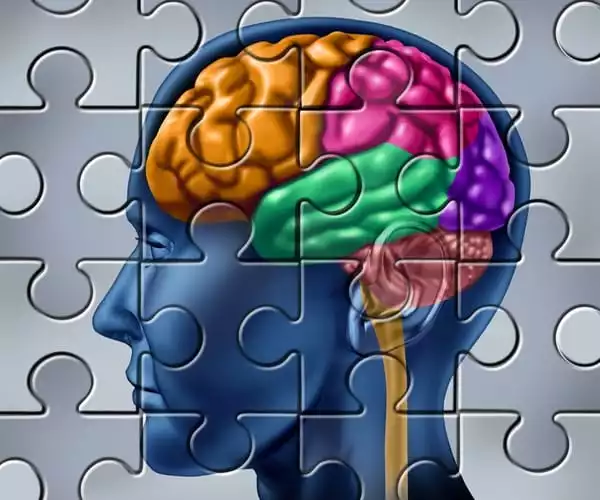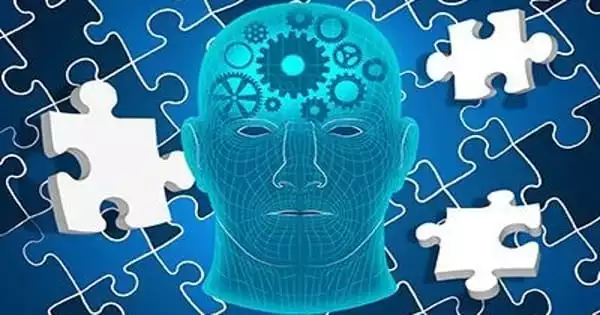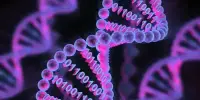As we age, our brains lose the ability to connect similar memories. Researchers genetically restored this brain function in middle-aged rats and discovered an FDA-approved medication that does the same thing. The study provides a novel strategy for dealing with middle-aged memory loss, as well as a possible early intervention for dementia.
Our brains rarely record single memories; instead, they combine memories so that recalling one key experience promotes the recall of others linked by time. However, as we age, our brains gradually lose the ability to connect similar memories.
UCLA researchers have now found a critical biochemical process underlying memory linkage. They’ve also discovered a means to restore this brain function in middle-aged rats, as well as an FDA-approved medicine that does the same.
The brain is buzzing with activity. Different groupings of neurons (nerve cells) responsible for various ideas or senses come and go. Memory is the reactivation of a specific group of neurons caused by persistent changes in the strength of neural connections. But what distinguishes a given combination of neurons from any other combination of neurons?
When we gave maraviroc to older mice, the medicine duplicated the effect of genetically removing CCR5 from their DNA. The senior animals were able to reconnect memories again.
Alcino Silva
The findings, which were published in Nature, reveal a new strategy for enhancing human memory in middle life and a possible early intervention for dementia. “Our memories shape who we are,” said Alcino Silva, a renowned professor of neuroscience and psychiatry at UCLA’s David Geffen School of Medicine. “The capacity to connect relevant events teaches how to be safe and successfully operate in the world.”
A little Biology 101: cells are densely packed with receptors. To enter a cell, a molecule must latch onto its corresponding receptor, which acts like a doorknob to allow entry.
The UCLA scientists concentrated on a gene called CCR5, which encodes the CCR5 receptor, which HIV uses to infect brain cells and cause memory loss in AIDS patients.
Silva’s laboratory previously established that CCR5 expression impaired memory recall. Silva and colleagues uncovered a crucial mechanism behind mice’s capacity to link memories of two separate cages in the current investigation. A tiny microscope provided scientists with access to the animals’ brains, allowing them to witness neurons firing and the formation of new memories.
Memory linking was disrupted when CCR5 gene expression was increased in the brains of middle-aged mice. The animals lost sight of the link between the two enclosures.

When the scientists deleted the CCR5 gene in the animals, the mice were able to link memories that normal mice could not.
Silva has previously researched maraviroc, a medicine licensed by the US Food and Drug Administration in 2007 for the treatment of HIV infection. His lab revealed that maraviroc reduced CCR5 in the brains of mice.
“When we gave maraviroc to older mice, the medicine duplicated the effect of genetically removing CCR5 from their DNA,” said Silva, a UCLA Brain Research Institute member. “The senior animals were able to reconnect memories again.”
The discovery shows that maraviroc could be used off-label to assist recover middle-aged memory loss as well as reverse the cognitive deficiencies caused by HIV infection.
“Our next step will be to organize a clinical trial to examine maraviroc’s impact on early memory loss with the goal of early intervention,” Silva explained. “Once we completely understand how memory degrades, we may be able to delay the process.”
Which begs the question: why does the brain require a gene that interferes with memory linking?
“It would be hard to live if we remembered everything,” Silva stated. “We believe CCR5 helps the brain integrate valuable events by screening out less important details.”
Changing the strength of existing synapses, as well as introducing new ones and eliminating old ones, is crucial to memory formation. However, there is evidence that another sort of plasticity, not directly involving synapses, may be necessary for memory formation. In some areas of the adult brain, such as the critical memory component known as the hippocampus, brand new neurons can be produced through a process known as neurogenesis. Memory can be improved in older mice by stimulating neurogenesis in the hippocampus, according to studies. Exercise has been found in humans to increase the volume of the hippocampus, implying the formation of new neurons, while also improving performance on memory tasks.















